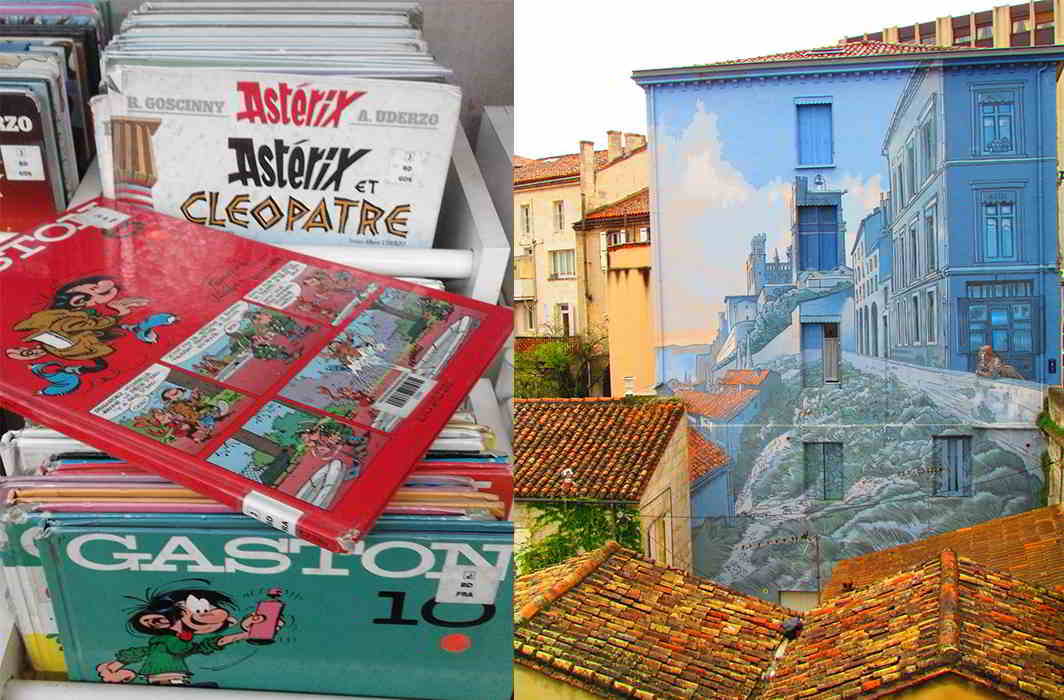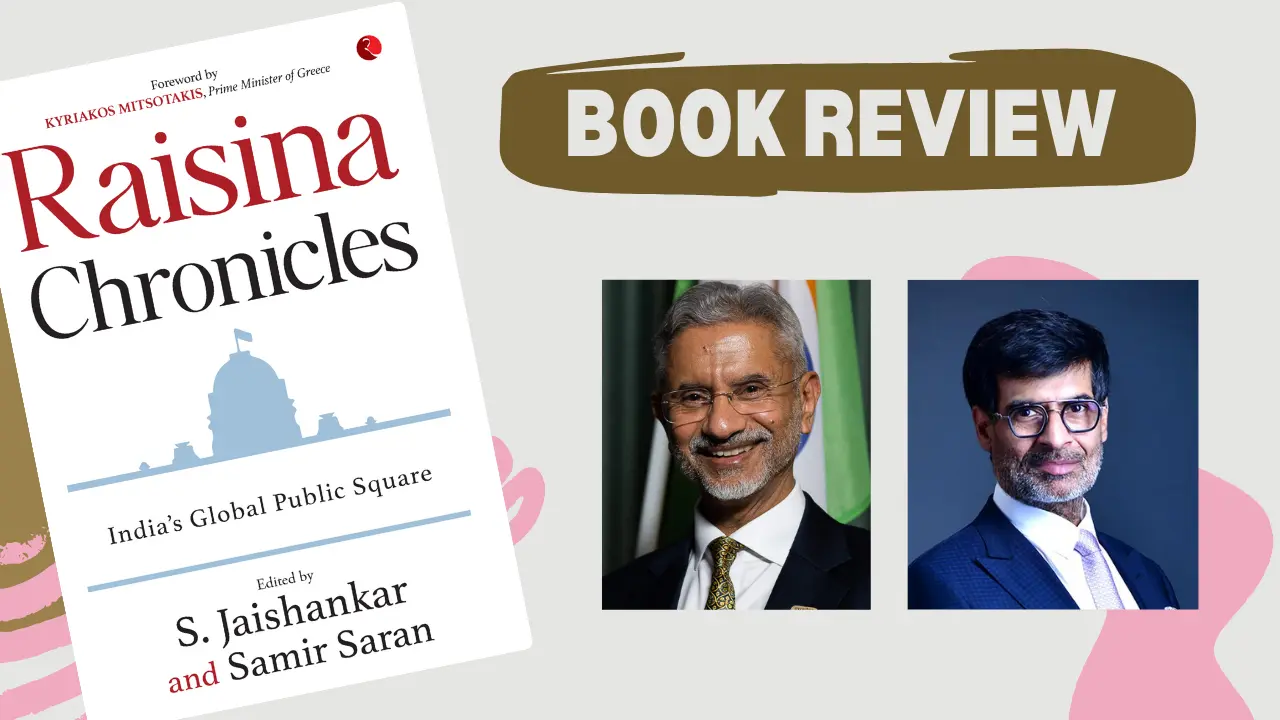[vc_row][vc_column][vc_column_text]The distance between the artistic sensibilities of the French people and our own widens when you find out that the French call comic strips the Ninth Art!
By Shailaja Paramathma
The fringe status of dance, music, painting and drama in schools in India is unmistakable. They are called “extra-curricular” activities and are considered a frill. The concern that a parent or teacher shows if their child indulges in an art form consistently undervalues the life skills that art and creativity teach to a person. The so-called “non-academic” nature of the activities results in their being taught for appreciation alone and not as a means to enhance learning in other subjects.
On the other hand, France recognizes nine fine arts. Dance, music, cinema are, of course, on the list but the distance between their artistic sensibilities and ours widens when they name comic strips as the Ninth Art. The Franco-Belge Bandes dessinée or BD as they are popularly called (pronounced Bay Day); literally just mean a drawn strip.
Originating from German philosopher Georg Wilhelm Friedrich Hegel’s Lectures on Aesthetics, which was compiled in 1835, BDs in France entered the realm of Fine Art in 1970s.
BD as cultural entity
Every year in January, the “Festival International de la Bande Dessinée” takes place in the sleepy town of Angoulême, in the southwest of France. Known as Angoulême International Comics Festival in English, this once fortified town wakes up to a stunning footfall of over 200,000 people. Thousands of cartoonists and hundreds of journalists attend the four-day event which gives away several prestigious awards, including a lifetime achievement award. In this self-proclaimed “capital of comic strips”, more than 20 commissioned murals exist on the outside walls of buildings.
French and Belgian auction houses such as Artcurial, Ader, Piasa, and Tajan hold annual auctions exclusively for the sale of BDs. And if auction sale figures can be a measure to judge the extent of admiration for these works, then there is some impressive data available: in a 2012 Sotheby’s Paris sale, a 1941 original drawing from the Tintin series, L’Étoile mystérieuse, sold for USD 294,062. Another renowned BD artist, André Franquin, had one of his works from Le trombone illustré sell for USD 193,888. In 2014, the first-ever BD auction at Christie’s in Paris fetched €3,889,500. Call the French a snob now and see if they care!
All that is French
But there is more to these hard-bound BDs than festivals, awards and auctions; they are an important French identity—the moustachioed and plucky comic character Astérix, who first appeared 58 years ago has sold an imposing 325 million copies worldwide in 107 languages. Him and his rotund sidekick, Obélix are relatively well-known in India. Gaffe-prone, anti-hero character Gaston Lagaffe is known mostly to those in India who have at one point in their lives studied French. Nevertheless, he has turned 60 years old this year and 35 million Gaston comics have been sold worldwide, translated into 11 languages.
In 1965, the French named their first satellite Astérix, after the cunning Gaulois and Paris boasts of an Astérix theme park in its periphery. Moreover, Gaston, Tintin and Astérix have appeared on numerous postage stamps, including some stamps from Tajikistan and Kyrgyzstan.
Different types of BD
Traditionally, a mixture of text and drawings that form a narrative is one of the oldest forms of human communication. The style of comics has its ties to the beginning of art itself. The use of a sequence of images to tell a story is found in cave paintings from nearly 40,000 years ago and Egyptian hieroglyphs, religious manuscripts and paintings also follow the same principle.
The comics industry in France and in Belgium is a very developed one—they publish more than 4,000 books every year and the range of themes is broader in France than in the USA, where comics primarily cater to children. Every autumn in France, the media presents reports on the newly published books during the year, including the new comic strip albums.
A wide variety of age-appropriate BDs cover genres from mystery to science fiction and from mythical characters to fantasy and eroticism. So, Philippe Druillet’s surrealist Lone Sloane and Marjane Satrapi’s graphic autobiography Persepolis sit neck and neck with Tintin and Lucky Luke.
Do the French love the underdog?
The superhero is not what makes French comics. In fact, the French comic heroes are more likely to be shrewd or moronic, essentially anti-hero. Gaston Lagaffe, for one, has no qualities; he was intended to be stupid and not handsome or strong. He has been untidily dressed in a pullover and threadbare jeans for six decades. He is an unlucky prankster with a slumped posture who inevitably ends up giving himself electric shocks. But he is endearing and he always means well. An overgrown child full of curiosity whose heart overflows with love for animals; at the end of the day it does not matter that he achieves nothing at work.
Astérix is the very popular pint-sized warrior who with a lot of slyness and a mouthful of a magic potion has managed to save his village from Roman occupation since eons. Superhero he is not, superhuman strength he gets when he drinks the magic potion but even without it, his life-loving individualism is a force to reckon with.
The tradition of superhero is American; the French root for the guy with the good heart.[/vc_column_text][/vc_column][/vc_row]


 India News22 hours ago
India News22 hours ago
 India News19 hours ago
India News19 hours ago
 India News23 hours ago
India News23 hours ago
 India News22 hours ago
India News22 hours ago
 India News22 hours ago
India News22 hours ago



